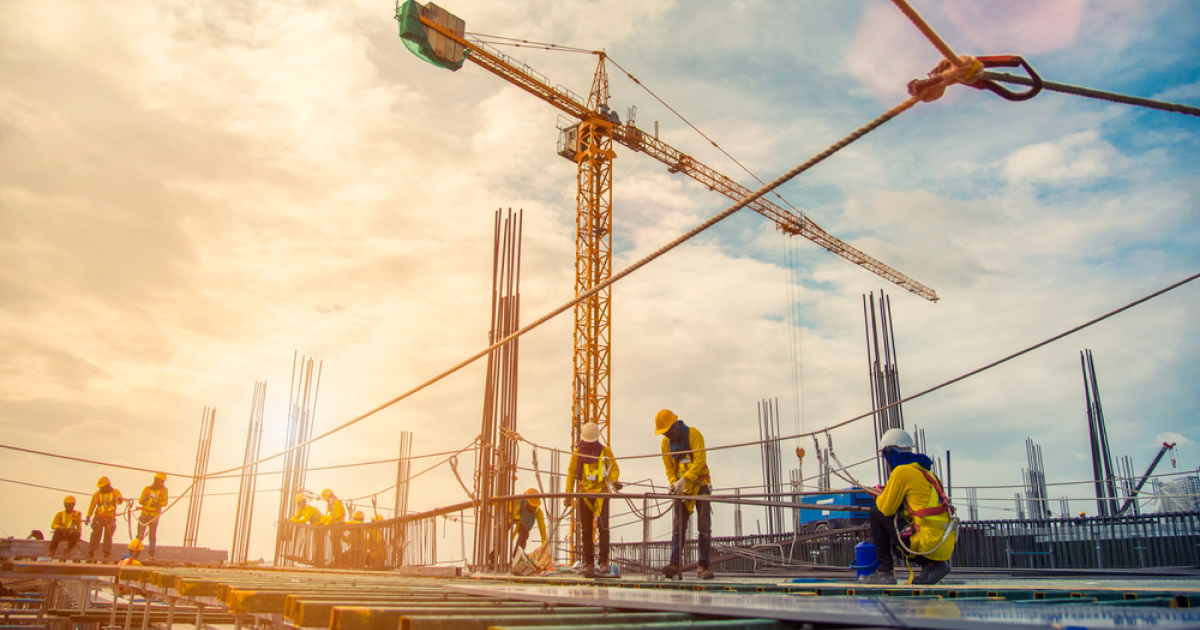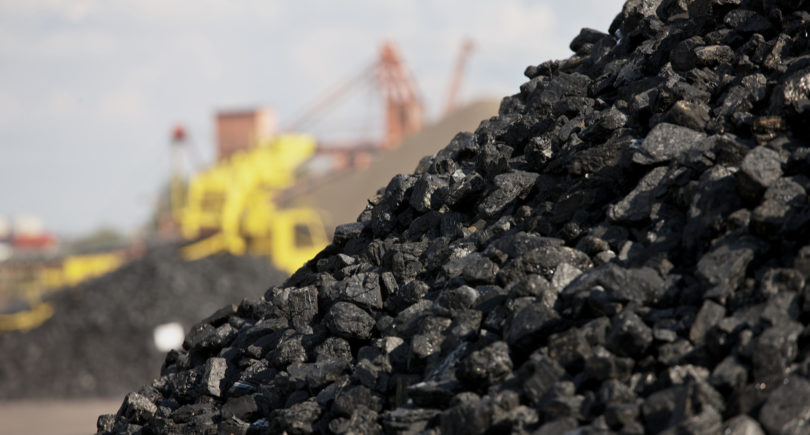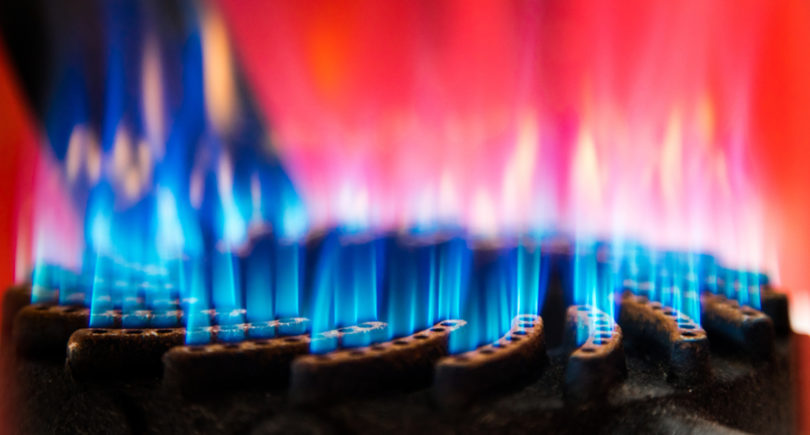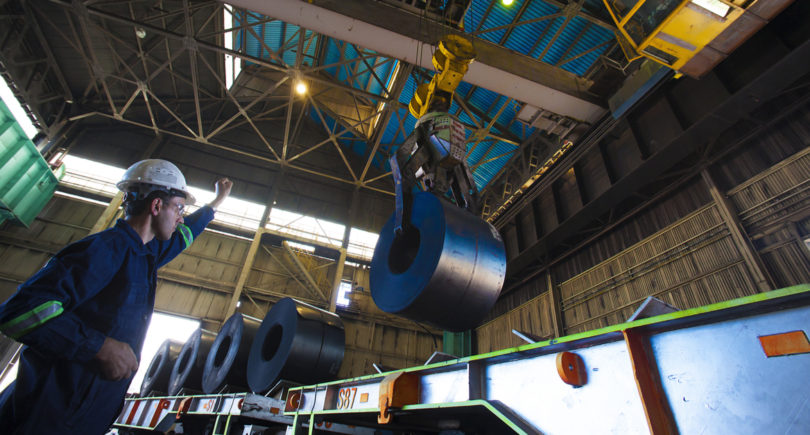
News Global Market China 3730 26 March 2024
The country sets new targets for carbon emissions reduction and energy saving in the construction industry
China’s National Development and Reform Commission (NDRC) has set a goal of building green and low-carbon buildings from 2027 to improve energy efficiency and reduce carbon emissions in the construction industry. This could increase domestic demand for green steel products in the future, Fastmarkets reports.
China is expanding its commitment to making the construction sector as green as possible due to growing urbanization and national targets to peak carbon emissions by 2030 and achieve full carbon neutrality by 2060.
In February 2022, the Ministry of Housing and Urban and Rural Development released an action plan titled «Energy Saving in Construction and Green Building Development (2021-2025),» which stipulates that by 2025, all new urban buildings in the country will be built in accordance with environmental standards.
According to the document, by 2025, the area of new urban buildings with ultra-low carbon emissions and energy consumption will increase by 20 million square meters compared to 2023, and the area of reconstructed buildings with significant energy saving potential will increase by 200 million square meters.
The use of steel structures, which has become a growing preference in China, reduces the use of concrete, which is the main source of pollution and energy consumption in the country.
According to the 14th Five-Year Plan and Long-Term Development Goals for the Steel Construction Industry published by the China Steel Structure Association (CSSA), consumption of these products in the country will reach 140 million tons by 2025. According to the CSSA, in 2022, steel structure production amounted to 101.8 million tons, up 4.95% y/y.
The central government is encouraging enterprises to establish a quality control system for the entire life cycle of production, construction and installation of prefabricated building components.
As one trader noted, the development of steel structures is driving good demand for flat and long products, but weakening demand for rebar, a trend that is likely to continue in the coming years.
At the same time, China’s 2021-2025 Green Construction Action Plan encourages the use of high-quality rebar with low carbon emissions. According to the document, government-funded projects should use mostly environmentally friendly steel for construction. However, it may take a longer time to achieve the ambitious goal of increasing the amount of such construction steel products. Currently, blast furnaces account for about 85% of steel production in China.
Some Chinese steelmakers are working to produce low-carbon steel products by using new energy sources and increasing the ratio of high-quality iron ore pellets to ferrous scrap in blast furnace production to meet increasingly stringent customer requirements.
Since August 2020, the China Iron and Steel Association (CISA) has been conducting outreach activities to improve and assess the ultra-low-emission steelmaking process for the country’s steel mills. As of March 2024, 129 steel mills have been assessed. However, the country’s steel industry is still waiting for more detailed rules or standards to define or provide certificates for green steel.
As GMK Center reported earlier, seven Chinese government departments have put forward a proposal aimed at increasing the share of electric arc furnaces (EAFs) in steel production to over 20% by 2030.




